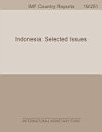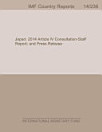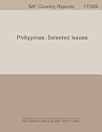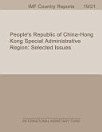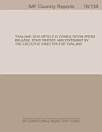Philippines: Selected Issues
International Monetary Fund. Asia and Pacific Dept
Apr 2013 · International Monetary Fund
Ebook
26
Pages
reportRatings and reviews aren’t verified Learn More
About this ebook
This article is an empirical analysis on tax collections in the Philippines. The tax system is characterized by a rule of tax incentives provided by 13 investment agencies. Tax collections showed regular growth. The GDP ratio increased from 12.1 percent (2009) to 12.8 percent (2012), but the revenue-to-GDP ratio was low to fill large gaps for education, health, and infrastructure; therefore the authorities encompassed the sin taxes (alcohol and tobacco excises). The most important source of income for the Philippines is the labor export. This large-scale labor emigration fetches a sufficient amount of annual inflows of more than 9 percent of GDP.
Rate this ebook
Tell us what you think.
Reading information
Smartphones and tablets
Install the Google Play Books app for Android and iPad/iPhone. It syncs automatically with your account and allows you to read online or offline wherever you are.
Laptops and computers
You can listen to audiobooks purchased on Google Play using your computer's web browser.
eReaders and other devices
To read on e-ink devices like Kobo eReaders, you'll need to download a file and transfer it to your device. Follow the detailed Help Center instructions to transfer the files to supported eReaders.

